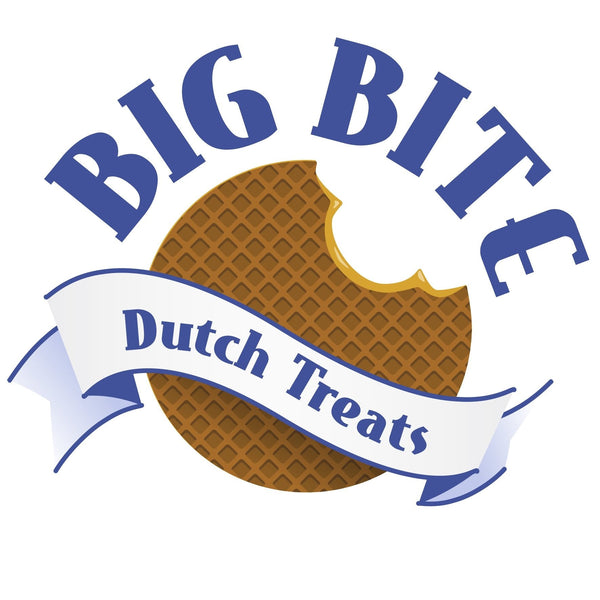We have lots of new tins and a shopping bag in our store with the Dutch aap-noot-mies reading board on them. But besides looking awesome and vintage what is it all about?

The Leesplankje (reading board) was designed to show all commonly used consonants (except q, x and y), vowels and diphthongs of the Dutch language. It used the main characters and objects of children’s stories by Hindericus Scheepstra and Jan Lighthart (who wrote the famous children stories 'Ot en Sien'.
Wolters Nordhoff produced the reading boards from about the 1900's and they were widely used all over the Netherlands.The method provided a significant improvement for learning how to read, is part of Dutch heritage and could be considered one of the first learning standards.
These are the words and it's meaning:
| Aap | Monkey |
| Noot | Nut |
| Mies | Name for a female person, or in this case the name of the cat |
| zus | Sister |
| Jet | Name for a female person |
| Teun | Name for a male person |
| Vuur | Fire |
| Gijs | Name for a male person |
| Lam | Lamb |
| Kees | Name for a male person, but also a dog breed: Keeshond |
| Bok | Buck |
| Weide | meadow |
| Does | A name for a dog, or short for 'schapendoes' which is a dog breed, or derived from 'Douch' the French name for poodle. |
| Hok | Coop |
| Duif | Pigeon |
| Schapen |
Sheep |

In 1905 a special version for the catholic schools was developed with the words: aap, roos, zeef, muur, voet, neus, lam, gijs, riem, muis, ei, juk, jet, wip, does, hok, bok, kous|
There was also a special Dutch reading board developed for the former Dutch Indie staring with the words: Jaap, Gijs, Dien..
In the 60's the method was changed using the following words:
Boom, roos, vis, vuur, mus, pim, kees, miep, bel, boek, raam, school, oom, bus, sam, eet, aap, pet.
In 91 'boom' was replaced by 'maan'.
And in 2014 it was changed again:
ik, maan , roos, vis, sok , pen, aan, is, en, op, teen, buik, neus, oog, aap, een, doos, poes, eet, koek, ijs, zeep, de, hek, huis, weg, bos, tak, hut, het, naar, voor, reus, jas, riem, bijl, hout, vuur, geit, uil, pauw, duif, ei
Check out our awesome aap-noot-mies gift set here, items in the gift set are also available separately.
Which reading board did you use to learn to read in the Netherlands?
Photo credits: Nationaal archief; Joost Evers/ Anefo and Willem van de Poll


1 comment
A very belated comment and read of your blog! Thank you for the information about the reading boards – my mum brought me one back from The Netherlands in the 1970s after her first trip back “home” in 20 years. I still have it, and remember being fascinated with it at the time, especially when she showed me the Ot and Sien birthday calendar she’d also bought. LOVE Ot and Sien and the gorgeous illustrations. My Grandmother was called Siena for short. About to order another reading board tin!